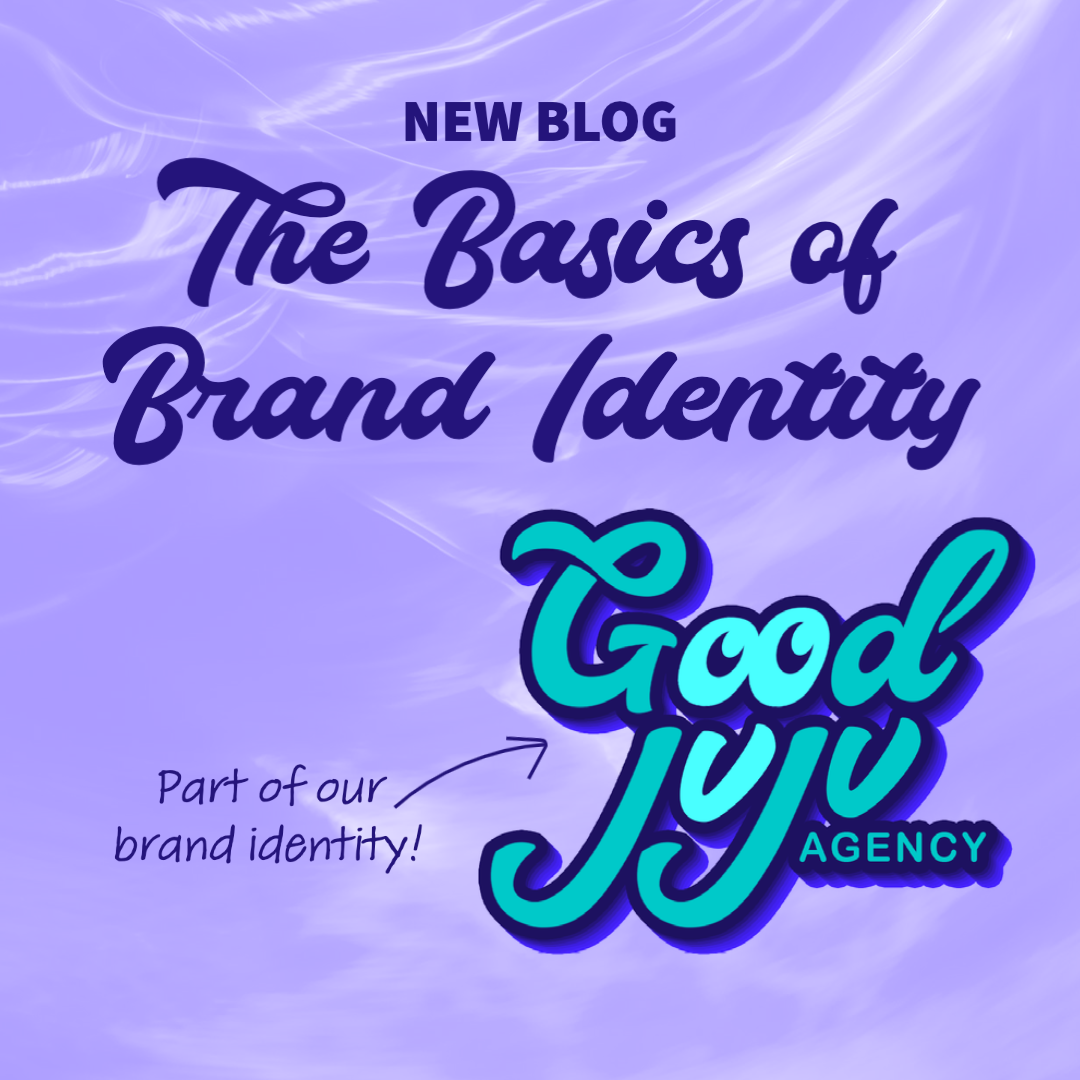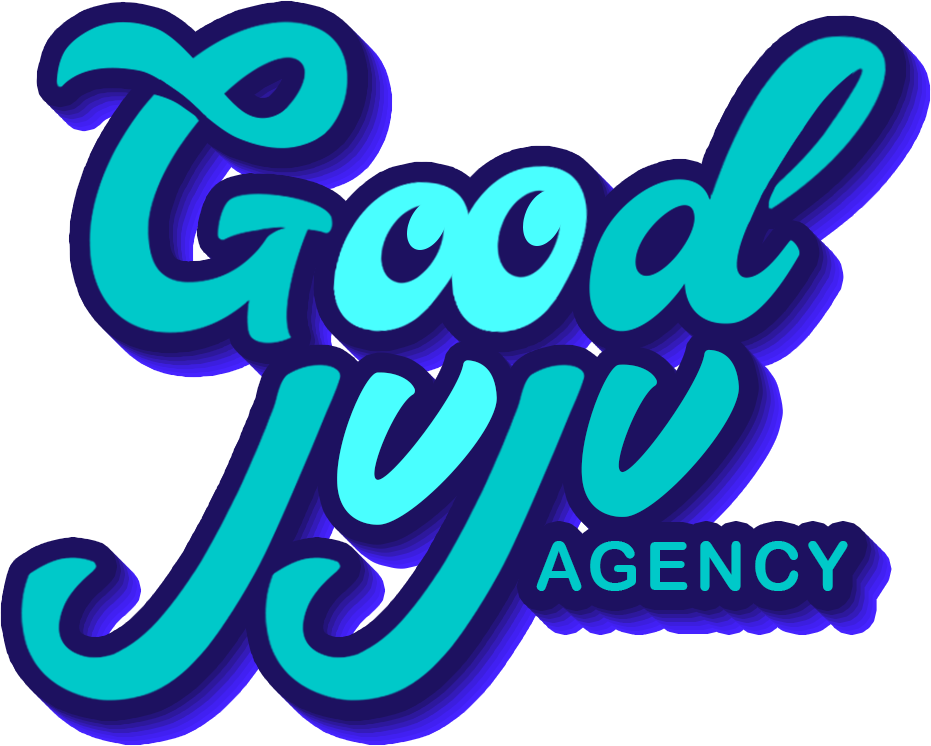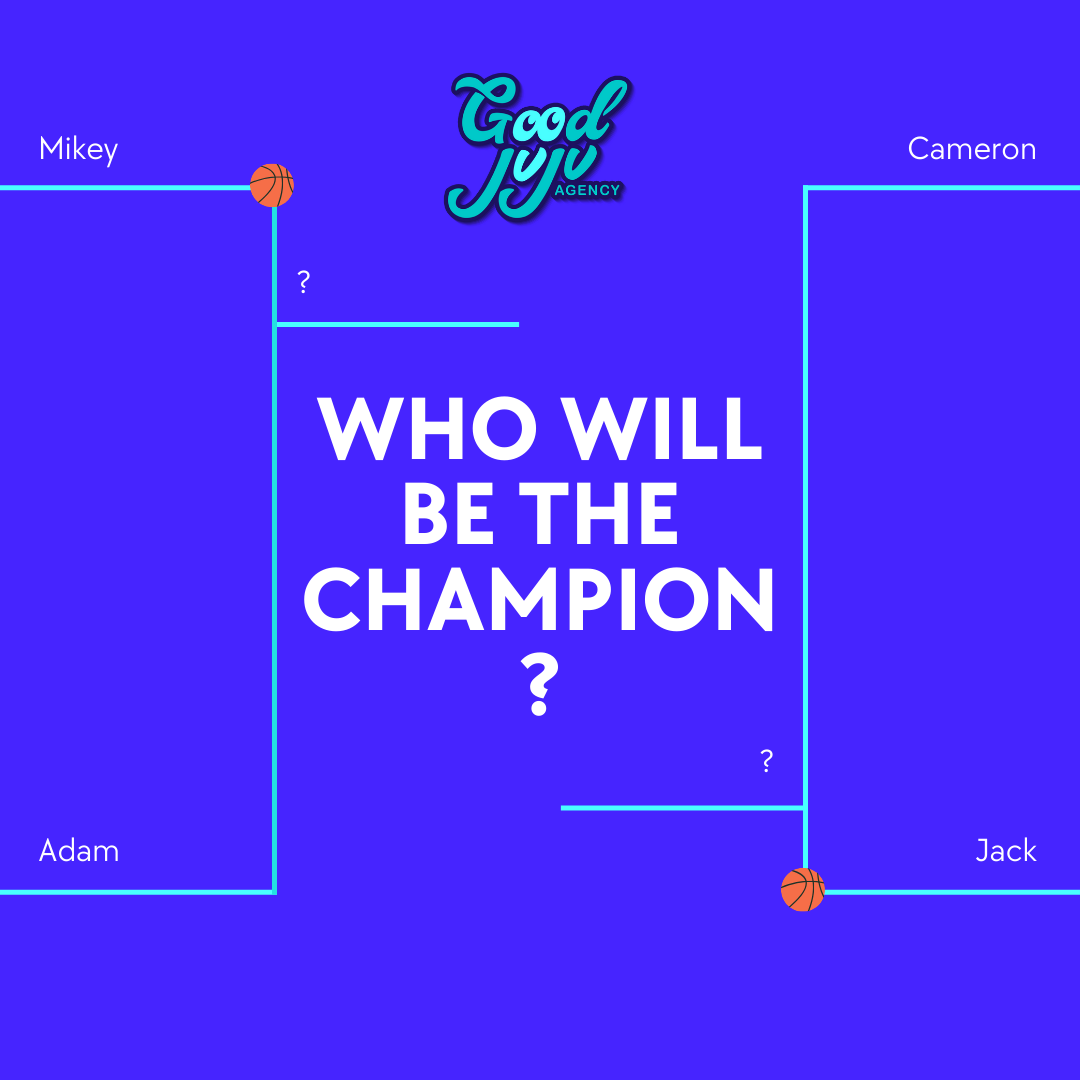Brand identity may seem pretty basic, but too many businesses don’t think it matters and therefore don’t make brand identity a priority. The fact is – brand identity is paramount in business, as it’s the first impression you create in the customer’s mind and the lasting image you leave. Brand identity is everything.
Basics of Brand Identity


Brand Identity Basics & Beyond
Brands only have a few seconds to make an impact and only get a moment to leave a lasting impression. Since 80% of people remember what they see, compared to less than 20% of what they hear and read, you want to ensure that your brand identity stands out and that the design is cohesive and consistent, however a customer or client finds you.
Forming a good first impression starts with a strong brand identity and then delivering on that promise from there, and this blog helps get you moving in the right direction.
Build a Good Foundation
Brand identity may seem pretty basic, but too many businesses don’t think it matters and therefore don’t make brand identity a priority. The fact is – brand identity is paramount in business, as it’s the first impression you create in the customer’s mind and the lasting image you leave. Brand identity is everything.
More than just the look & feel, colors, font, logo, tagline, tone of voice, visual elements, and overall design, your brand identity is what makes your business visually stand out from competitors and is what gets burned into your customer’s mind when they think of you. A strong brand identity makes it easy for people to identify you, remember you, refer you to others, and want to engage with you again.
While every business is different and each audience is specific, by following these Good JuJu marketing tips, you’ll be able to maximize your brand identity, build off what’s already working well, and move forward with some new tactics to take your brand identity to the next level. And whatever your marketing goals may be, Good JuJu is always here to help.
Know Who You Are
Before you can build your brand identity you need to really understand your business, know your products and services, and truly understand your audience(s). Having the foundational pieces in place will help you immensely as you start the brand identity journey.
It starts by knowing who you are, who your audience is, what your goals are, and how you want to be perceived by the public and people around you. Don’t just dive into a new logo or develop the next ad campaign without understanding and incorporating this crucial data, or else you’re simply guessing. Marry the findings with your gut feelings by asking yourself a few brand-related questions to define your brand identity:
What are your goals as a brand and the purpose of your business?
Whether it’s selling a product or service, or simply educating or entertaining – define your goals first, then design a brand identity that directly supports those goals.
Who is your target audience(s) and how do they search or shop?
Go beyond just trends, demographics, or geography, and determine whether it’s new prospects, repeat business, more referrals, or all of the above that you want. If millennials are your target audience, your brand identity should resonate with them differently than it does with boomers.
What causes or core beliefs drive and define your company?
What causes matter most to you, your customers, and staff? How is the culture of your business being crafted? How do you want to be regarded in your industry or perceived in your community? These answers help define your identity and should weave their way into your look, logo, copy and content.
What are keywords that describe your brand and, more importantly, are there words that you don’t want to be known for?
Your identity should match the image you’re trying to create, so whatever it is you want to be remembered and regarded for – reliability, service, experience, creativity, speed or something else – your brand identity should evoke that same feeling and reinforce that message.
What truly sets you apart from your competitors?
Your brand identity is paramount to ensuring that when someone sees your logo, hears your jingle, visits your website, reads your blog, watches your video, calls your office, meets you at an event or more, who you are and what you do is evident. Branding should be cohesive in every touchpoint and also set you apart from everyone else in your space.
What is the personality of your brand?
Is your brand serious or more silly? Are you more creative or conservative with your messaging? Do you want to be considered helpful and happy, known as responsive and reliable, or celebrate your expertise and experience. There isn’t one right answer, but there IS an answer. Craft your brand identity to reflect your personality and make it shine across every channel, every time.
What colors are right for you?
Color theory is very real, especially in marketing, and choosing the right colors to represent your brand is one of the biggest decisions you’ll ever make – so choose wisely. While you may want your favorite color all over your website, it may not work online. Different colors represent different things, evoke different feelings, encourage certain behaviors, and have subtle meanings that you may not even realize. The perfect color palette blends your favorite colors with colors that also fit your industry, resonate with your audience, and accurately represent your business.
Show Who You Are
The above questions are just the start, and are essential in forming your unique brand identity. Once you establish the basics, you can then create visuals and craft verbiage that fully reflects and represents your brand’s unique qualities and personality.
Identity is all-encompassing and is the foundation of your brand. The creative aspects of your brand are as important as your products, service or sales. So now that you have the answers and a basic brand roadmap, it’s time to evolve the look and language to make your brand identity really pop.
Fonts & Typography
You’ve got the findings and now have the foundation of your brand personality. Time to create cohesive visuals to bring your brand identity to life. Choosing complimentary fonts and corresponding icons are a crucial next step in that process.
There are four significant types of fonts to choose from – Serif, Sans Serif, Script, and Display fonts – not all of which may communicate the message you want to convey. Font “psychology” is something marketers take very seriously as it can make or break your brand identity, especially if the font is hard to read or has a very specific look.
Not all fonts work well together or look good on a particular medium (i.e. on a sign vs. on a shirt) so be careful when selecting the right font family for your logo. We always suggest 2-3 fonts, one for each use: headlines, body copy and special messages or moments. Essentially, the typography you select can say a lot about your brand, or say the wrong thing, or not say nearly enough – so don’t “font” it up!
Color Palette
Once you have chosen fonts that represent your brand accurately, choosing the perfect color palette comes next. Choose 2-3 primary colors – the main colors your brand is known for – with additional 2-3 complementary colors to round them out and create an approved color palette.
People respond to colors differently and have psychological ties with specific colors, so what you select can significantly impact your customers and influence their engagement with your company.
Logo
Now that you have the basics of your brand foundation, have established the typography, and have identified color palette, it is time to create or connect a logo design. Logos are your iconic symbol, your graphic mark, your unique emblem, so choose one that both describes your brand visually and depicts the name of your brand in a unique way. We typically recommend 2-3 corresponding and connected versions of a logo:
- A primary logo – typically horizontal – to use for key placements like your website header, print materials or to put on a sign or banner.
- Your secondary – or alternative logo – is a more compact version to be used where a long horizontal one won’t fit. Perhaps it’s stacked or a simplified version of the primary logo.
- Lastly, a sub-mark logo – perhaps just the icon or keyword – doesn’t often include the full business name and is typically a simple square or circle, ideal for social media profiles.
Keep the design simple, so it is legible and recognizable. Make it memorable, so people see it and remember it easily. And make it very easy to read when scaled down (i.e. on a polo shirt) and so it still makes sense when it’s seen “out of context”. If people do not understand what the logo is or can’t tell what your business does when they see it, it won’t have the intended impact and could be detrimental.
Like a strong brand identity, a great logo is timeless, so try to avoid design trends when creating your logo, as you want it to work in any economy or industry, resonate with all audiences, and create a lasting impression on your customers.
Evolve Who You Are
Now that the basics of brand identity have been built, it’s time to expand on those efforts and ensure your brand identity is clear and consistent, is attracting your key audience, and is telling the story you want to tell.
Fonts, color, and logo are crucial first steps, but there’s more to incorporate into building a strong, clear, and memorable brand identity. Brand identity is the foundation, but like every business itself, your own brand – and how it’s delivered – is also always evolving. Various elements need to blend and work together, so as you expand your brand identity it’s important to not overlook any of the other aspects and items to incorporate, including:
- Copy & Voice: are you talking from a first-person point of view or third-person? What are the approved naming conventions for your business? What words do you use versus ones you avoid? For example, do you call them clients or customers or guests? Do you offer services, solutions, or something else? Do your CTA (call-to-action) buttons induce people to “Learn More”, “Join Now”, or “Subscribe”? Finding your voice is critical. Copy is crucial. SEO matters. But being consistent with your copy and conventions is king.
- Brand Position: What makes you unique? How are you different? Why should people care? What’s your purpose or vision? What sets you apart? How are you different from your competitors? What do you want others to know? Ensuring your unique brand position is front and center in your brand identity will position your business for success and keep your brand top-of-mind when people are searching for your product or service.
- Brand Values & Voice: What does your company or culture stand for? What are the beliefs that drive your company? What message do you want to communicate? How will you treat your customers, clients, prospects, partners, employees and everyone else? Who you are not and what you don’t want to be known for is just as important as who you are and who you’re helping. Highlighting your brand values and showcasing your unique voice helps define what you stand for and helps you stand out, as well as ensuring you attract the right people.
- Brand Story & “So What”: Every business should ideally have a cohesive narrative and connected look & feel that answers the “so what?” question. Your brand’s story should show and tell the big picture of your brand, highlight the problems you are solving, and allow your audience to see themselves “fitting” into your story. The most important of these story elements is the key message(s) your brand conveys – the fundamentals needed to round out the copy and create the rest of the content.
- Brand Personality & Tone: Like individuals, brands also have characteristics that give it a personality and make your brand relatable. These traits, emotions, and attributes help set the tone for your business and connect the thematic elements of your brand identity. How your brand embodies these personality traits and tonal elements is the difference between your audience leaning in or looking elsewhere. Similarly, your tone of voice – how you say something rather than what you’re saying – should be cohesive as it connects your brand personality to the audience you want to attract.
Now, Put Everything Together!
Every choice you make will eventually become part of your brand identity. Informing visual decisions, incorporating business realities, creating marketing materials, building a digital presence, curating content for social media and more – spending some time on a strong brand identity is critical for building brand recognition.
Not only does a good brand identity give your brand a visual anchor and help you create consistency at every customer touchpoint, a unique brand identity will stick in peoples’ minds and make your business memorable.
Creative visuals, consistent content, and copy that resonates are all important brand identity basics and design decisions that will help you build brand loyalty and consumer trust. Making smart, strategic design choices and implementing simple, scalable brand basics across every facet of your visual identity is the difference between blending in and standing out from the competition.
Whether you’re still in the concept phase, want to create a new look and feel for an existing business, or you’re creating a new division or direction, our agency can help you ideate and implement the fundamentals of strong brand identity, from font/typography to colors to logo design to copy, and far more.
Looking to level up your brand identity, improve your visual elements, or iterate on design decisions that will move your business forward?
Reach out to Good JuJu Agency at i[email protected] or 520.333.5909















